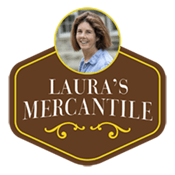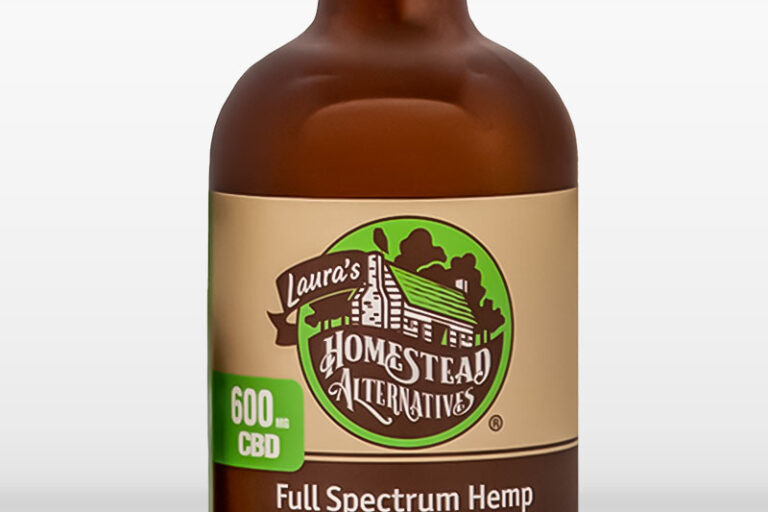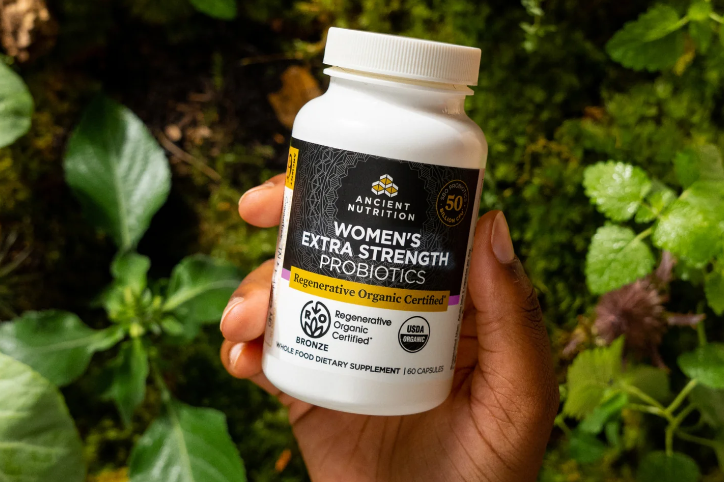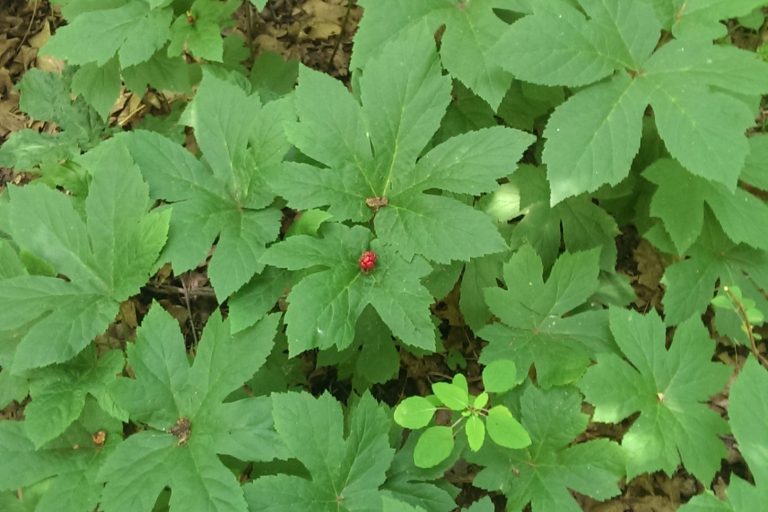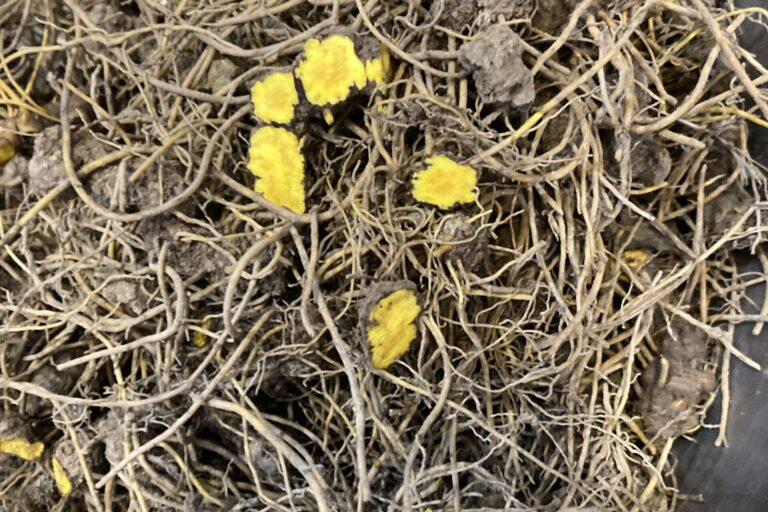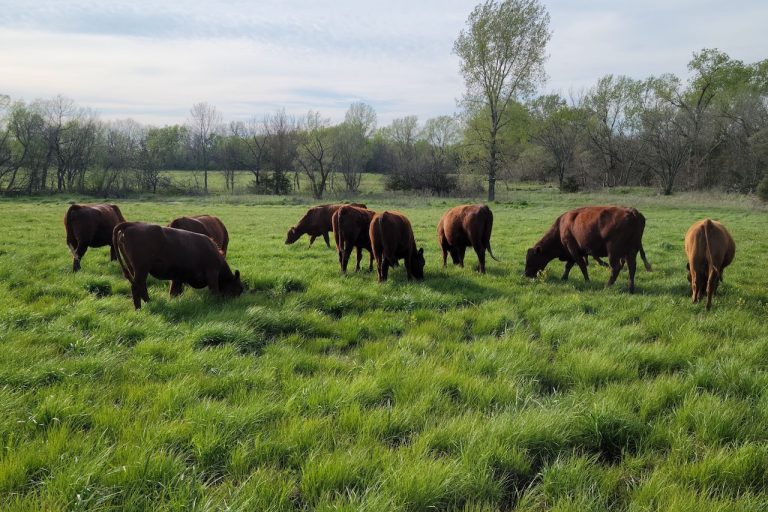More people are starting to notice the challenges facing our modern industrial food system, from chronic disease related to food, to supply chain disruptions that we saw as COVID shut down major slaughterhouses and packing plants out west, to loss of topsoil, inhumane treatment of animals, and extreme weather affecting crop production. As a result, you might be hearing about alternative ways of farming, from “organic” and “permaculture” to “regenerative.”
The key is that when we farm with regeneration in mind, we intend to improve and restore the land from the ground up. This means managing water and building soil first. It means accepting our role as the gardeners of the planet with the conscious capacity to make it more healthy and full of life. It means learning to mimic nature instead of trying to dominate it.
Regenerative farming is different from “organic” or “certified organic” which only requires that the farmer doesn’t use synthetic chemicals. Some organic operations are healing the land they, and some aren’t. Regenerative farming is more like permaculture, which refers to “permanent agriculture” – that means agriculture that can be stable over generations.
What would define a long-term stable agriculture?
First, one that protects the soil resource, one that mimics nature and has lots of different ways to harvest from the system, so it is resilient in different conditions. Permaculture also observes that social stability is part of the requirement for a successful long-term agricultural system – so, sending everyone to cities and harvesting massive industrial monocrops with robot-guided mega-machines wouldn’t qualify, even if it managed to stop erosion through AI precision ag solutions. Permaculture has a real focus on the “culture” part of our food production, so they would favor communities working together as with India’s Water Revolution over say, a Fourth Industrial Revolution “drone microcosm” in the same lands.
Regenerative farming uses some key tools including cover crops, management intensive grazing, reduced tillage, buffer and pollinator strips, increasing diversity of crops, and integrating agroforestry into working lands. Learn about these tools here at a Center for Regenerative Agriculture in Missouri. As fellow regenerative farmer Will Harris from White Oak Pastures pointed out on his recent interview with Joe Rogan, any time consumers are willing to pay more for something done right, big industry and their ad agencies will try to capture those dollars, so the words will get used up. For now, we call ourselves “regenerative” because it shows a commitment to leaving our lands better than we found them.
Is regenerative meat and produce healthier?
Regenerative farming practices not only improve the quality of soil, water, and biodiversity, but there’s growing evidence that food from these farms is more nutritious. Our bodies have evolved to thrive on a diverse diet of plants, animals, and fungi—and the same holds true for the animals raised on regenerative farms.
Animals like cattle, sheep, hogs, and chickens that graze on diverse pastures full of different plants are healthier and more nutrient-rich. When these animals move through the landscape, they naturally fertilize the soil, increasing carbon content and organic matter. This leads to higher levels of key minerals and vitamins in their meat, eggs, and dairy products. Even the fats and proteins in regeneratively raised animals differ from those produced in conventional systems, offering more health benefits.
The connection between nutrient-dense foods and health isn’t new. Weston A. Price, a pioneering dentist in the early 1900s, spent his life studying traditional diets and how they influenced overall well-being. Modern research supports his findings, showing that regeneratively raised meat and animal products contribute to better health. For a deep dive into this, check out “Splendor from the Grass” and see why choosing regenerative foods is a win for both your health and the planet.
Here’s a take from some of his modern followers why regeneratively raised meats are healthier– Splendor from the Grass.
The study of this turns out to be surprisingly complicated and interesting! A good place to start understanding this is What Your Food Ate by Anne Bikle and David Montgomery. The Bionutrient Food Association is doing a deep dive into the “nutritional dark matter” of all kinds of food compounds which tend to be higher in plants and meats grown on organic or regenerative farms than in the conventional systems. This includes the vitamins and minerals we know and love, as well as a bunch of other compounds that we know hardly anything about! Whether for the benefits to the long term sustainability of our lands, or for the benefits to your health, supporting regenerative agriculture is a wise choice.
